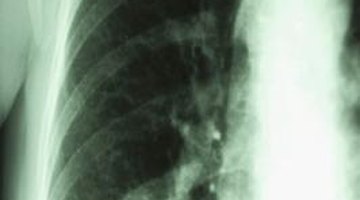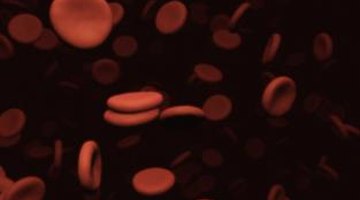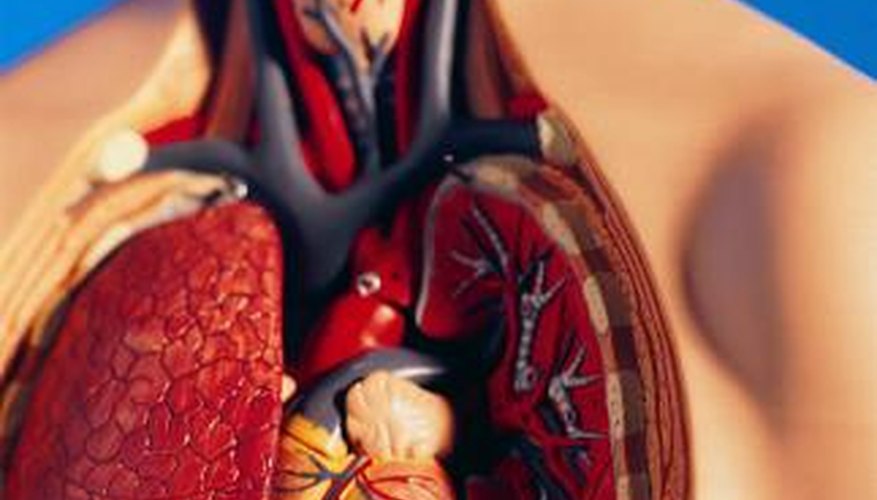The human body has amazed and confounded the medical community for as long as medicine has been practised. Modern medicine has made the biggest strides in unlocking the mysteries of human anatomy and, more importantly, its physiology and functions. Ventilation and perfusion are two different functions of the cardiovascular system. Each function is vital to the other and to the human organism. Without either, the organism dies.
Ventilation

Ventilation is the goal of breathing. During inhalation, air is drawn into the lungs through the mouth and nose and into the lungs' tiny air sacs, called alveoli. It is in the alveoli where ventilation must be acheived. Ventilation occurs when these millions of tiny alveoli are filled with air. Illness and/or injury can make ventilation difficult. Someone with broken ribs may be breathing but not ventilating well. They can't take a normal filling breath because it is painful to breathe.
- Ventilation is the goal of breathing.
- It is in the alveoli where ventilation must be acheived.
Perfusion

Perfusion is the adequate oxygenation of all the body tissues. This is accomplished within the cardiovascular system at the capillaries. Capillaries allow the red blood cells to flow in single file. In the lungs, every alveoli has its own capillary to transfer oxygen to the blood and receive waste to be exhaled. Perfusion occurs when the red blood cells transfer their oxygen into the tissues at the capillary level. This process is continuous.
- Perfusion is the adequate oxygenation of all the body tissues.
- In the lungs, every alveoli has its own capillary to transfer oxygen to the blood and receive waste to be exhaled.
Respiration

Respiration is a vital function that utilises ventilation and perfusion to help maintain human life. Without either one, respiration cannot continue. A person breaths to draw in fresh oxygen and expel waste. The fresh oxygen is transferred to the red blood cells for distribution throughout the body. The red blood cells travel into the capillaries and move in single file to allow the oxygen to be transferred into the cells and tissues to maintain life.
- Respiration is a vital function that utilises ventilation and perfusion to help maintain human life.
- The red blood cells travel into the capillaries and move in single file to allow the oxygen to be transferred into the cells and tissues to maintain life.
The Difference
Ventilation and perfusion deal with oxygen in different ways to maintain life. Ventilation takes care of the supply by bringing in a continuous flow of oxygen. Perfusion utilises the supply on hand by distributing the oxygen to all the body cells to satisfy demand. In short, ventilation supplies the oxygen and perfusion distributes that supply to satisfy demand.
- Ventilation and perfusion deal with oxygen in different ways to maintain life.
- Perfusion utilises the supply on hand by distributing the oxygen to all the body cells to satisfy demand.
